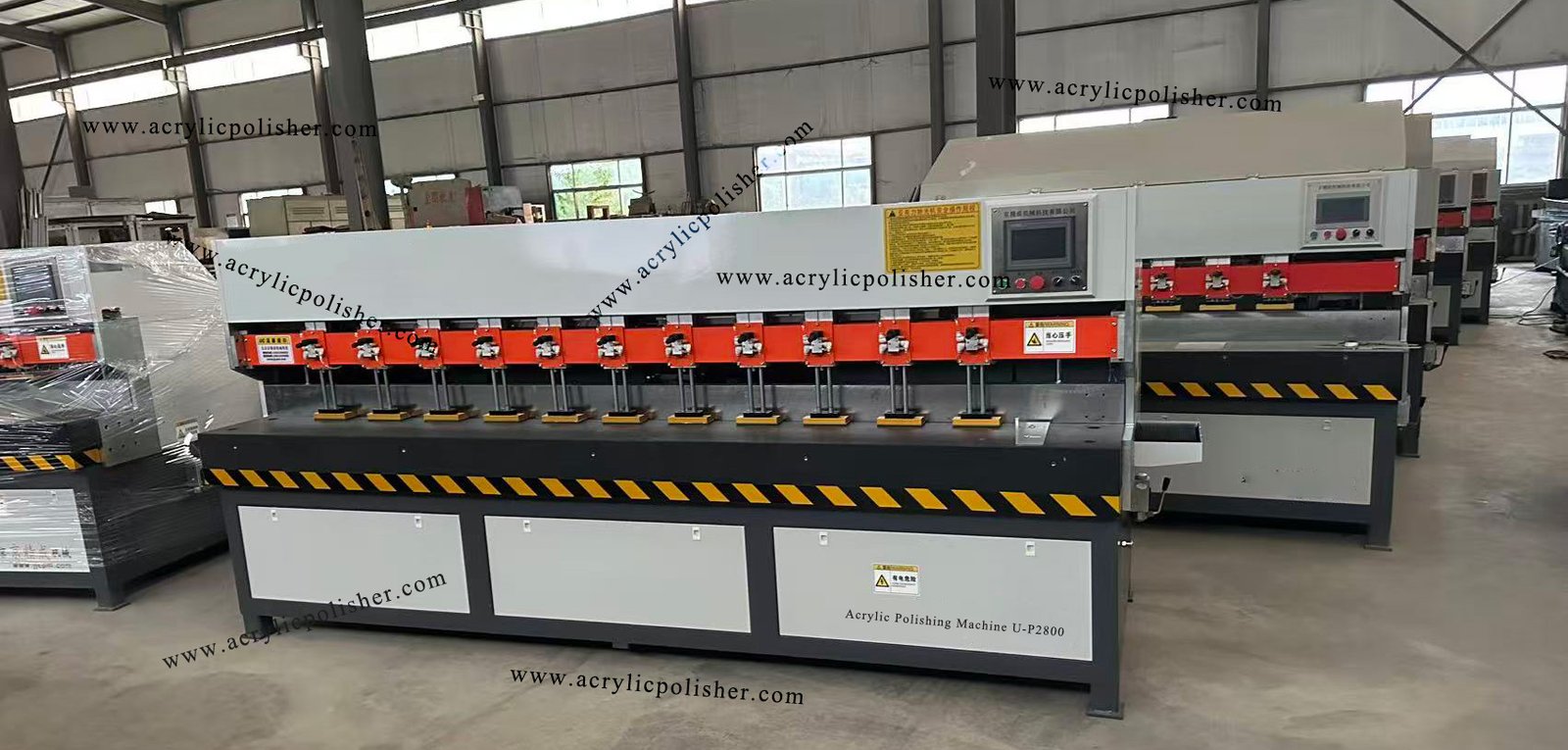Jinan Unique CNC Equipment Co., Ltd Acrylic Polishing Machine Usage Precautions
Acrylic polishing machines are commonly divided into buffing wheel polishing machines, flame polishing machines, and diamond acrylic polishing machines. Among them, the diamond acrylic polishing machine is the latest type of equipment, known for its high efficiency and excellent polishing quality. To ensure safe operation and achieve the best polishing results, operators should follow specific precautions.
1. Maintain Proper Humidity
During the polishing process, the polishing cloth must retain a certain level of humidity. This is essential for ensuring a smooth mirror-like surface after fine polishing.
2. Keep the Sample Parallel and Even
The surface of the workpiece should remain absolutely parallel to the polishing disc while applying light and even pressure. Avoid excessive force to prevent scratches or the sample from being thrown off. It is also recommended that the sample rotates while moving back and forth along the disc’s radius to prevent uneven cloth wear.
3. Continuous Addition of Suspension Solution
A fine abrasive suspension solution should be continuously applied to maintain proper moisture. If the polishing surface is too wet, scratches may fade but structural defects such as floating hard phases or streaking in graphite may appear. If too dry, frictional heat can cause surface burns, black spots, or loss of luster, especially in light alloys.
4. Control of Coarse Polishing
For rough polishing, the disc should run at a relatively low speed, preferably below 500 r/min. The polishing time should be slightly longer than necessary to remove scratches, as this helps eliminate the deformation layer. After coarse polishing, the surface may appear smooth but dull, with fine uniform marks visible under a microscope.
5. Fine Polishing Technique
During fine polishing, the speed of the disc can be increased appropriately. The polishing time should be long enough to completely remove the damaged layer from coarse polishing. After fine polishing, the surface should be as bright as a mirror, with no scratches visible under bright-field microscopy, though minor traces may still be seen under phase-contrast lighting.
Conclusion: By following these usage precautions, operators can achieve optimal results with acrylic polishing machines while ensuring safety and extending machine lifespan. Proper humidity control, careful handling, correct polishing speeds, and the continuous application of suspension solution are the keys to success.


